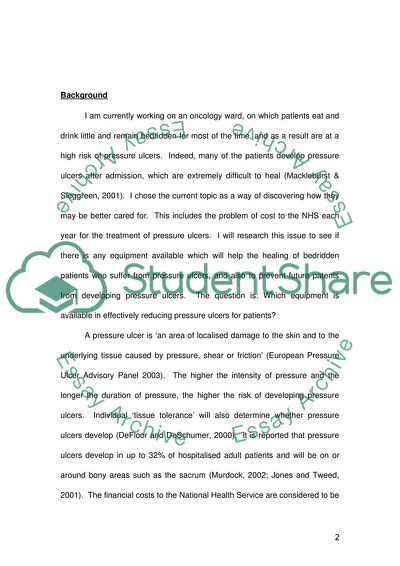Cite this document
(Research Methods in Health Paper Example | Topics and Well Written Essays - 3000 words, n.d.)
Research Methods in Health Paper Example | Topics and Well Written Essays - 3000 words. Retrieved from https://studentshare.org/health-sciences-medicine/1744374-ebp
Research Methods in Health Paper Example | Topics and Well Written Essays - 3000 words. Retrieved from https://studentshare.org/health-sciences-medicine/1744374-ebp
(Research Methods in Health Paper Example | Topics and Well Written Essays - 3000 Words)
Research Methods in Health Paper Example | Topics and Well Written Essays - 3000 Words. https://studentshare.org/health-sciences-medicine/1744374-ebp.
Research Methods in Health Paper Example | Topics and Well Written Essays - 3000 Words. https://studentshare.org/health-sciences-medicine/1744374-ebp.
“Research Methods in Health Paper Example | Topics and Well Written Essays - 3000 Words”, n.d. https://studentshare.org/health-sciences-medicine/1744374-ebp.


